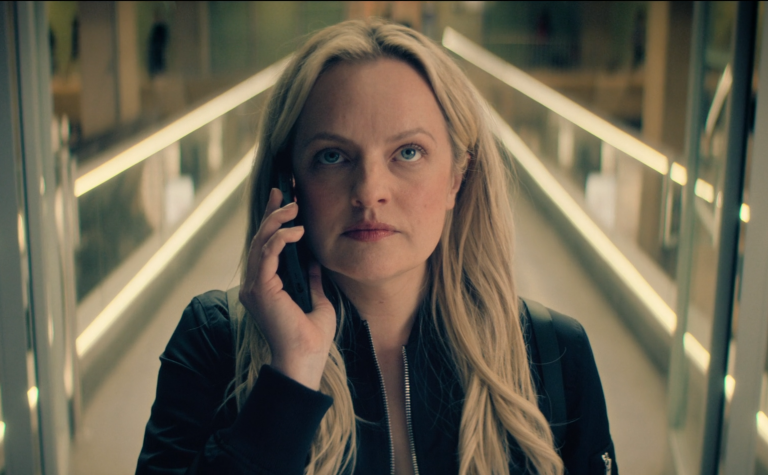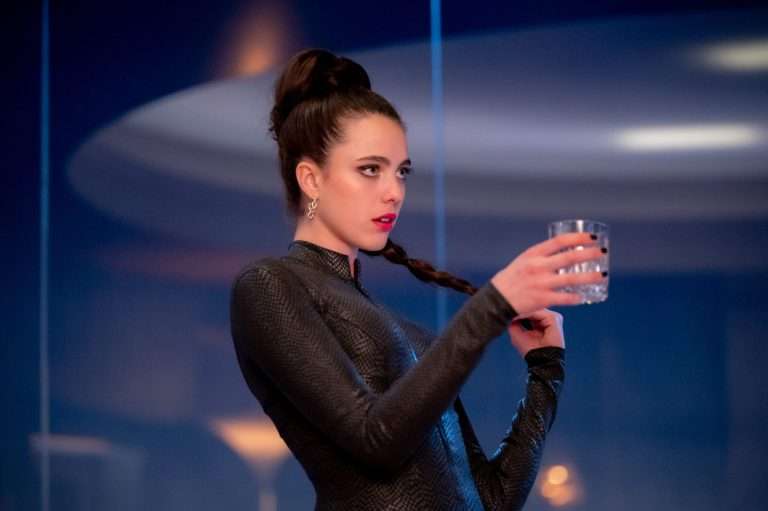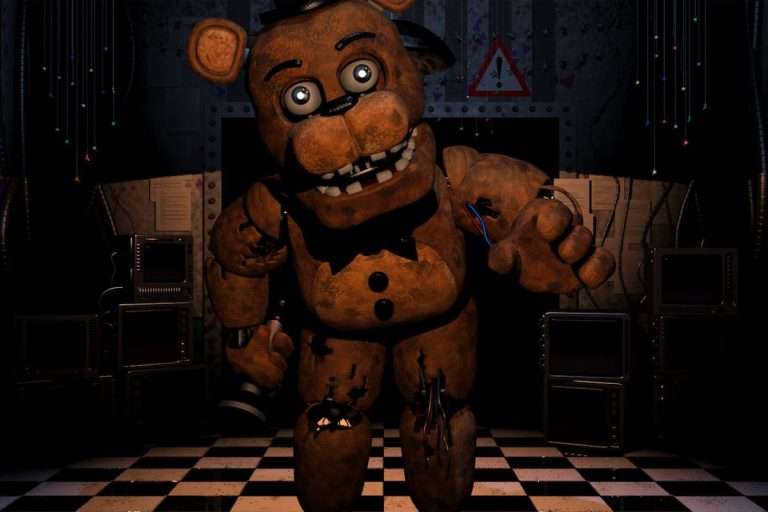In a world increasingly fascinated by existential science fiction, Mickey 17 offers a refreshing yet unsettling look at identity, mortality, and the ethics of cloning. Directed by Bong Joon-ho and starring Robert Pattinson, the film dives deep into what it means to be human when your existence is disposable. If you’ve just watched it and found yourself craving more cerebral, emotionally complex sci-fi, you’re not alone. This list of movies like Mickey 17 explores similarly mind-bending themes—from isolation and artificial intelligence to the haunting fragility of memory and consciousness—each film provides a unique reflection on life beyond the ordinary.
Moon (2009)
Moon is a quiet, haunting film that deals with isolation in a deeply personal way. Set on a lunar base, the story follows Sam Bell, an astronaut nearing the end of his three-year stint mining helium-3. Sam’s only companion is a robot named GERTY, and the solitude has started to wear on him. When he suffers an accident and begins to uncover unsettling truths about his mission—and himself—the film gradually shifts from a standard space drama to something far more existential. Director Duncan Jones keeps the tone intimate, and Sam Rockwell’s performance is layered with emotional depth.
What makes Moon resonate, especially if you’re drawn to a film like Mickey 17, is its exploration of selfhood in the face of technological and corporate indifference. The twist isn’t just a narrative turn—it’s a mirror held up to questions about memory, replication, and what it means to be human when stripped of purpose or connection. Like Mickey 17, Moon doesn’t need spectacle to provoke thought. It uses the vast loneliness of space to reflect the quiet unraveling of identity, making it a slow-burn, cerebral journey that lingers well after the credits roll.
Ex Machina (2014)
Ex Machina plays out like a sleek, modern fable—one that trades in tension, intimacy, and the unsettling potential of artificial intelligence. The story begins when a young programmer, Caleb, wins a mysterious company contest and is flown to the remote home of his reclusive CEO, Nathan. There, he’s asked to perform a Turing test on Ava, an AI with a strikingly human appearance and unsettling emotional intelligence. What unfolds is a slow dance of manipulation, curiosity, and blurred lines between creator and creation.
Much like Mickey 17, this film isn’t just about high-concept science fiction—it’s about existential dread wrapped in futuristic elegance. It raises unnerving questions: Can consciousness be built? Can emotions be faked? And if they can, what does that say about us? With a minimalist set design and a tightly focused narrative, Ex Machina explores the terrifying fragility of identity and trust. It’s cerebral, controlled, and chillingly relevant in an age teetering on AI dominance.
Solaris (1972)
Andrei Tarkovsky’s Solaris isn’t just a science fiction film—it’s a meditative journey into grief, memory, and the limits of human understanding. The story follows Kris Kelvin, a psychologist sent to a space station orbiting the mysterious planet Solaris, where the crew has been experiencing strange psychological phenomena. Upon arrival, he’s confronted by an impossible figure: a replica of his deceased wife, created by the planet from his own repressed memories. What begins as a mission turns into a deeply introspective reckoning.
Like Mickey 17, Solaris deals with identity and the fear of not truly knowing oneself, even through the lens of technology or replication. But where Mickey 17 leans toward the satirical and speculative, Solaris is slow, poetic, and haunting. It asks what it means to be human when your deepest emotions are made manifest—and whether our need for closure might blind us to reality. A classic that still lingers long after the credits roll.
The Double (2013)
Richard Ayoade’s The Double is a darkly comic and surreal take on identity, alienation, and the dread of being overlooked. Based on the novella by Dostoevsky, the film follows Simon James, a timid office worker living a painfully unnoticed life. Things take a sharp turn when a new co-worker arrives—James Simon—who looks exactly like him but is confident, charismatic, and quickly starts taking over Simon’s life. What unfolds is a psychological descent that’s as funny as it is disturbing.
Much like Mickey 17, The Double explores what it means to coexist with another version of yourself—physically, emotionally, or ideologically. Where Mickey 17 is set in a high-concept sci-fi future, The Double roots its absurdity in a Kafkaesque world that feels both outdated and oddly timeless. It’s a visually distinct, cerebral film that probes the fear of irrelevance and the fragmentation of self, delivered with deadpan wit and atmospheric style.
High Life (2018)
Claire Denis’s High Life is not your typical space movie. Set aboard a spaceship hurtling toward a black hole, the film follows Monte (Robert Pattinson), a man raising a baby alone in deep space after the rest of the crew—death-row inmates sent on a mission for scientific experiments—have perished. Told through a haunting, non-linear structure, the film explores the psychological toll of isolation, bodily autonomy, and what it means to survive when hope has long expired.
Much like Mickey 17, High Life doesn’t rely on spectacle—it’s a meditative, slow-burning story that centers on existence in extreme conditions. Both films ask how much of our identity remains when stripped of earthly purpose. With themes of cloning, human experimentation, and existential dread, High Life echoes Mickey 17’s philosophical core while delivering a deeply sensory, almost primal viewing experience. It’s bleak, beautiful, and wholly unforgettable.
Aniara (2018)
Aniara begins with a simple enough premise—a spaceship ferrying passengers from a dying Earth to a Martian colony. But when the ship veers off course, the story evolves into something far more harrowing. With no way to turn back and no destination ahead, time stretches indefinitely, and the passengers must confront the vast emptiness of space and the even deeper void within themselves.
Like Mickey 17, Aniara doesn’t focus on action but on the fragility of the human mind when routine breaks and meaning evaporates. There’s a machine on board called the Mima, designed to soothe passengers by letting them relive Earth’s memories, and its eventual failure signals something deeply unsettling. This is existential sci-fi at its most poetic and unnerving. Both films deal with people trapped in systems that reduce them to tools or bodies, and they ask—what does it really mean to be human when purpose, direction, and identity begin to dissolve?
Eternal Sunshine of the Spotless Mind (2004)
On the surface, Eternal Sunshine of the Spotless Mind might seem like a romantic drama, but at its core, it’s a deeply sci-fi film about memory, identity, and the lengths we go to escape pain. When Joel (Jim Carrey) learns that his ex-girlfriend Clementine (Kate Winslet) has had all memories of their relationship erased, he decides to do the same. What follows is an emotional journey through his subconscious, where he begins to resist the very erasure he once wanted.
The link to Mickey 17 lies in the core idea of repeated experience and the attempt to reclaim a sense of self within an imposed system. Both protagonists are trapped in loops—Joel in the recurring cycle of love and loss, Mickey in his serial resurrections. And both begin to push back, driven by emotion rather than logic. The film’s soft sci-fi lens brings out how memory and love shape who we are, and what happens when those anchors are taken away.


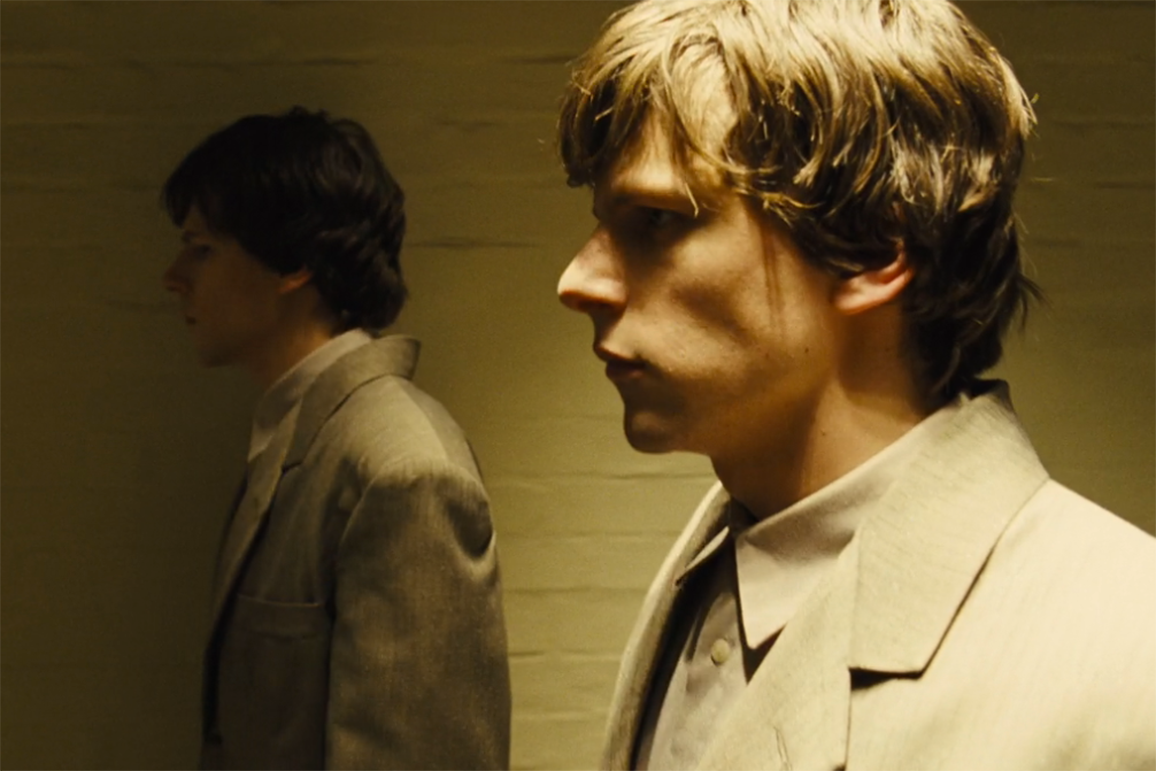
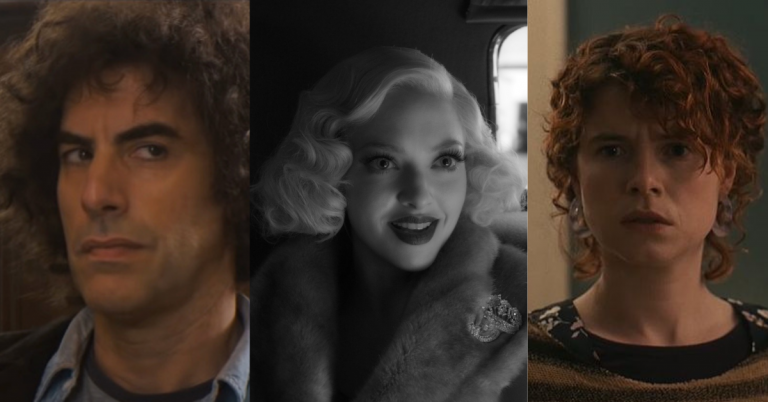
![The Handmaid’s Tale [2017- ]: A Reflection of Both the Past and the Future](https://79468c92.delivery.rocketcdn.me/wp-content/uploads/2021/05/handmaidstale306elisabethmoss-3-768x512.jpg)

